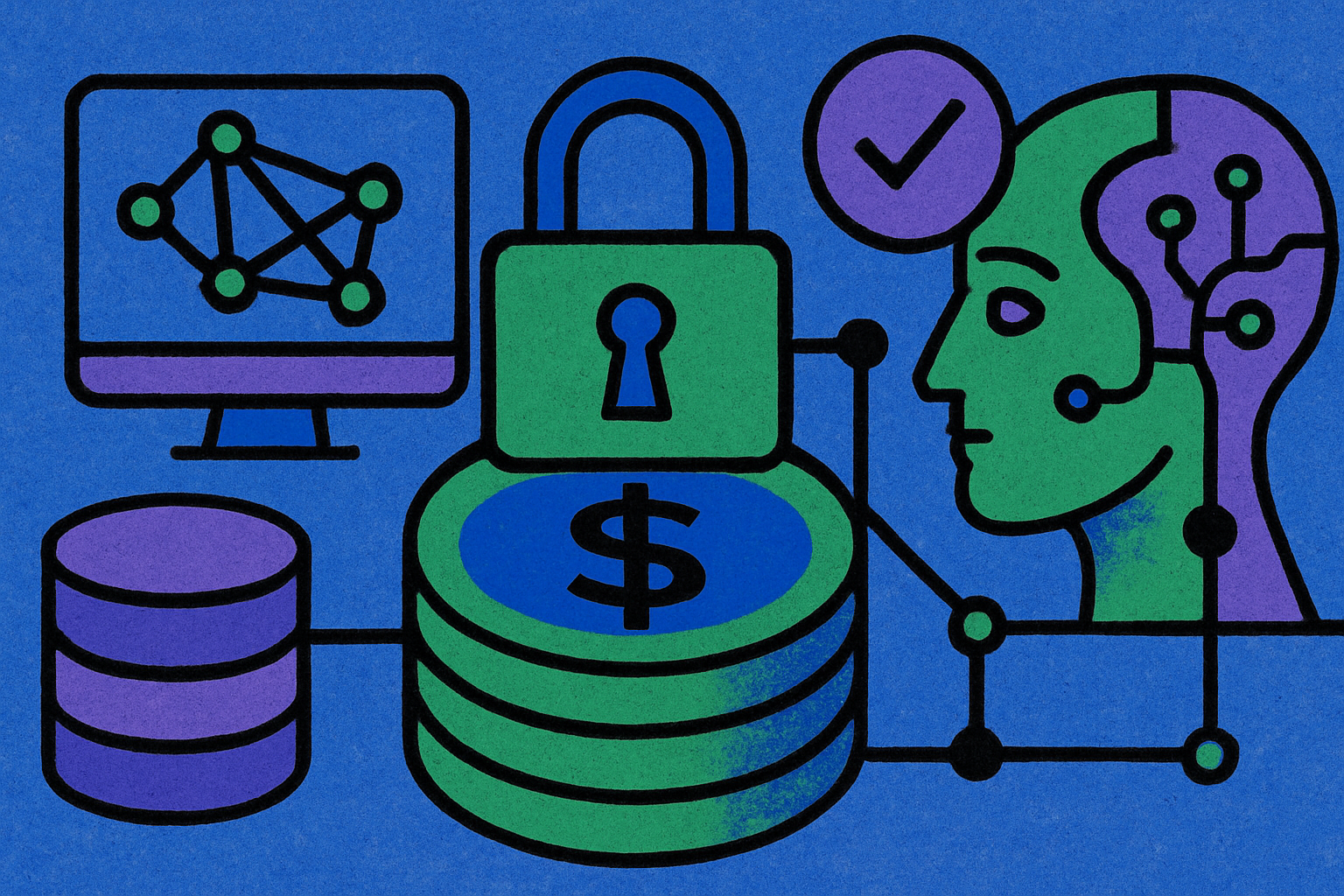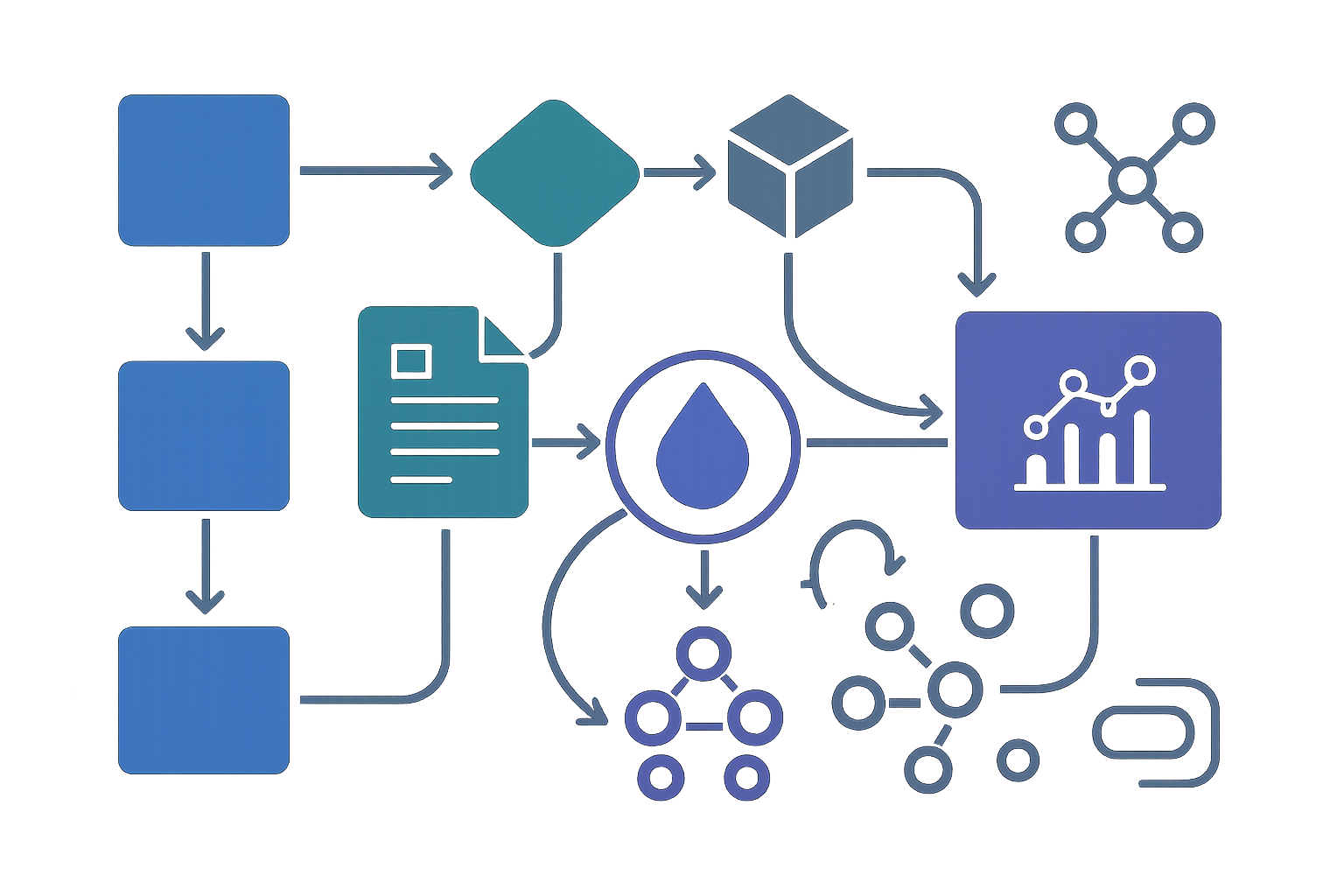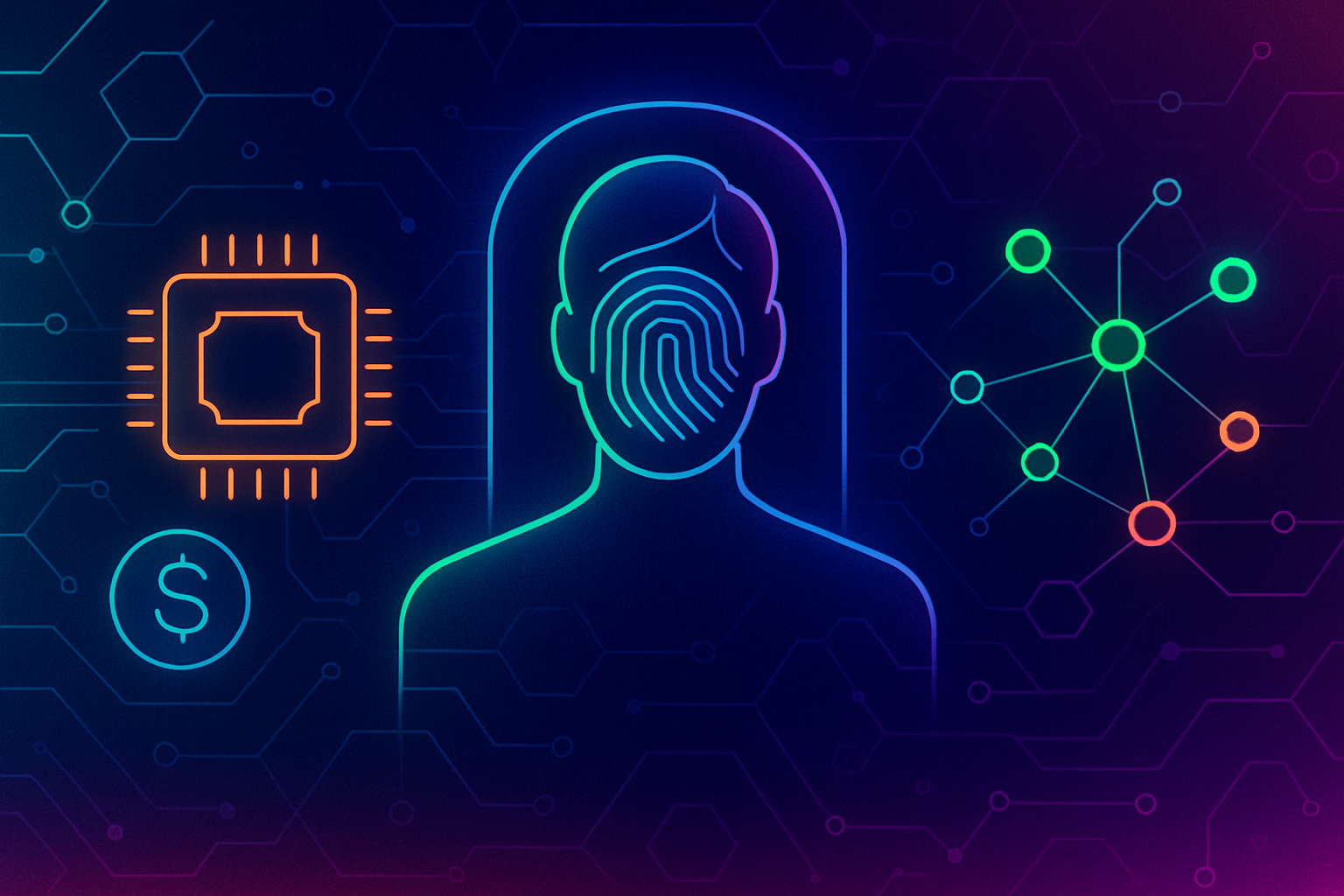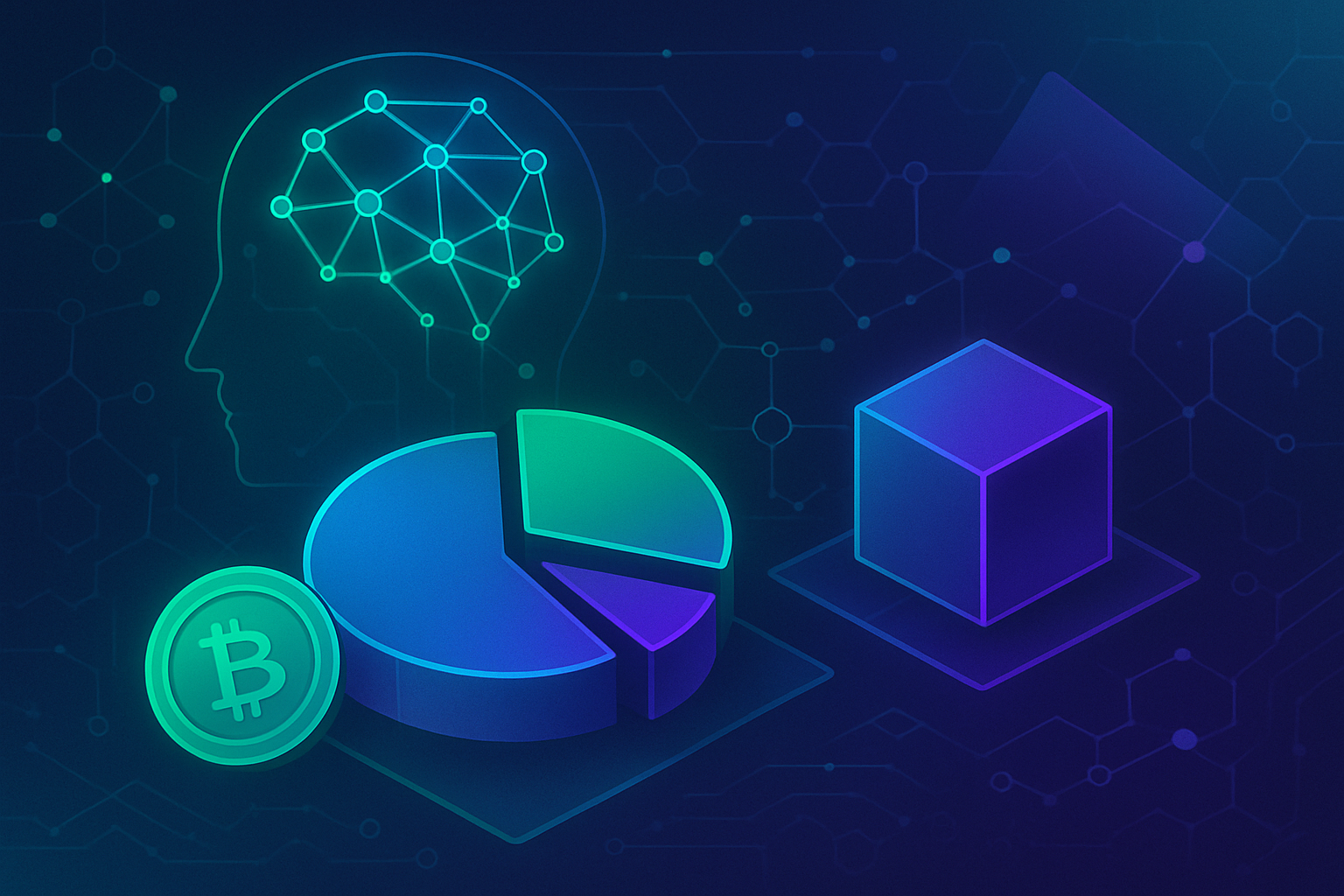
Decentralized AI compute networks are rapidly redefining the boundaries of blockchain-based machine learning. By distributing computational tasks across a global network of nodes, these systems transform idle hardware into a powerful, trustless supercomputer. This approach directly addresses the entrenched issues of data privacy, cost, and scalability that have long plagued centralized AI infrastructure.

Why Decentralized Compute Is Changing Blockchain Machine Learning
The convergence of blockchain and AI is more than a technological trend – it is a structural shift. Traditional AI training relies heavily on centralized cloud providers, creating bottlenecks in cost, access, and data control. In contrast, decentralized AI compute networks like Ratio1, NodeGoAI, and Akash Network offer a new paradigm:
- Data Sovereignty: Data remains under the control of its owners, reducing exposure to breaches and unauthorized use.
- Cost Efficiency: By tapping into underutilized compute resources worldwide, projects can dramatically lower the cost of model training and inference.
- Scalability: With a distributed architecture, networks can seamlessly scale to meet surging demand without the bottlenecks of legacy systems.
- Transparency: Blockchain’s immutable ledger ensures every contribution, transaction, and reward is verifiable by all participants.
This shift is not hypothetical. Real-world deployments are already demonstrating the potential for decentralized compute to unlock new levels of openness and efficiency in blockchain machine learning.
Key Projects Leading the Decentralized AI Compute Revolution
The pace of innovation in this sector is staggering. Several projects are setting new standards for what decentralized AI compute can achieve:
Key Decentralized AI Compute Projects Powering Blockchain ML
-

Ratio1 AI Meta-Operating System: Launched in September 2025, Ratio1 is a decentralized MLOps protocol that unifies AI model development, deployment, and inference across diverse edge devices. It leverages decentralized authentication, in-memory state databases, and homomorphic encrypted federated learning to transform idle computing resources into a global, trustless supercomputer.
-
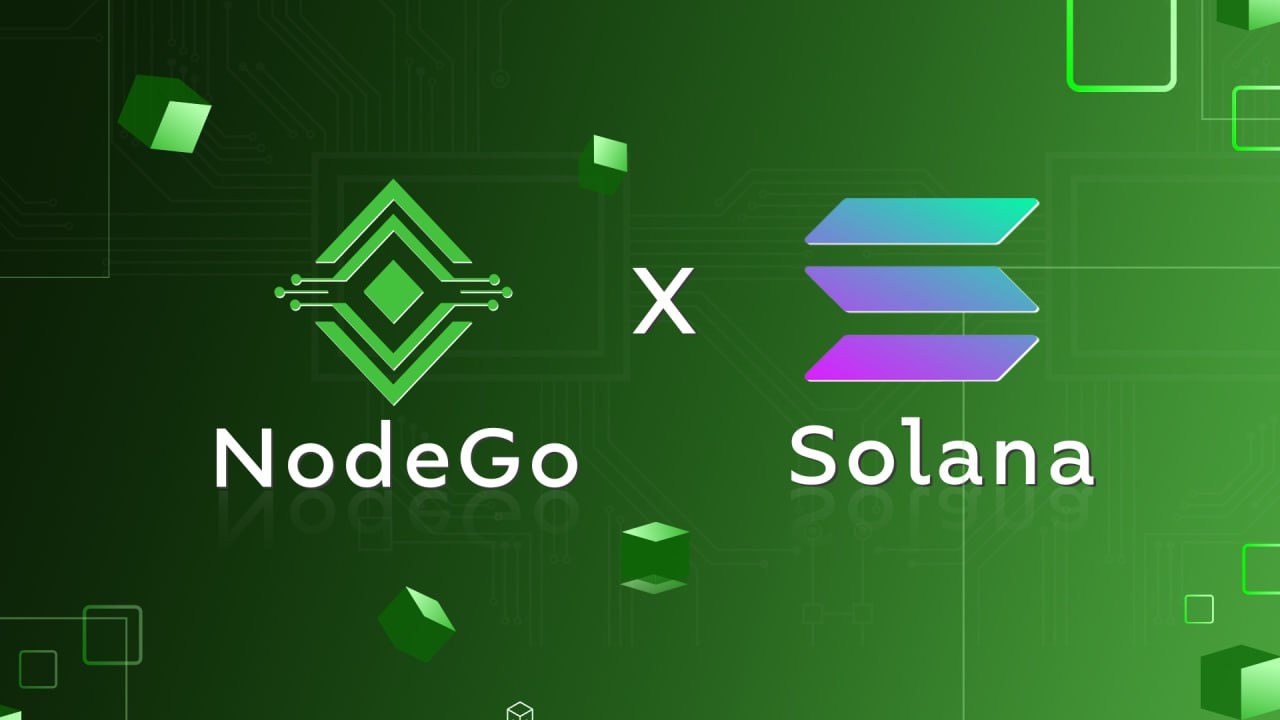
NodeGoAI: Founded in 2021, NodeGoAI creates a peer-to-peer ecosystem where users can monetize unused computing power. Its protocol and hardware enable individuals and organizations to buy, sell, and share compute capacity, supporting AI model training and other compute-intensive applications.
-
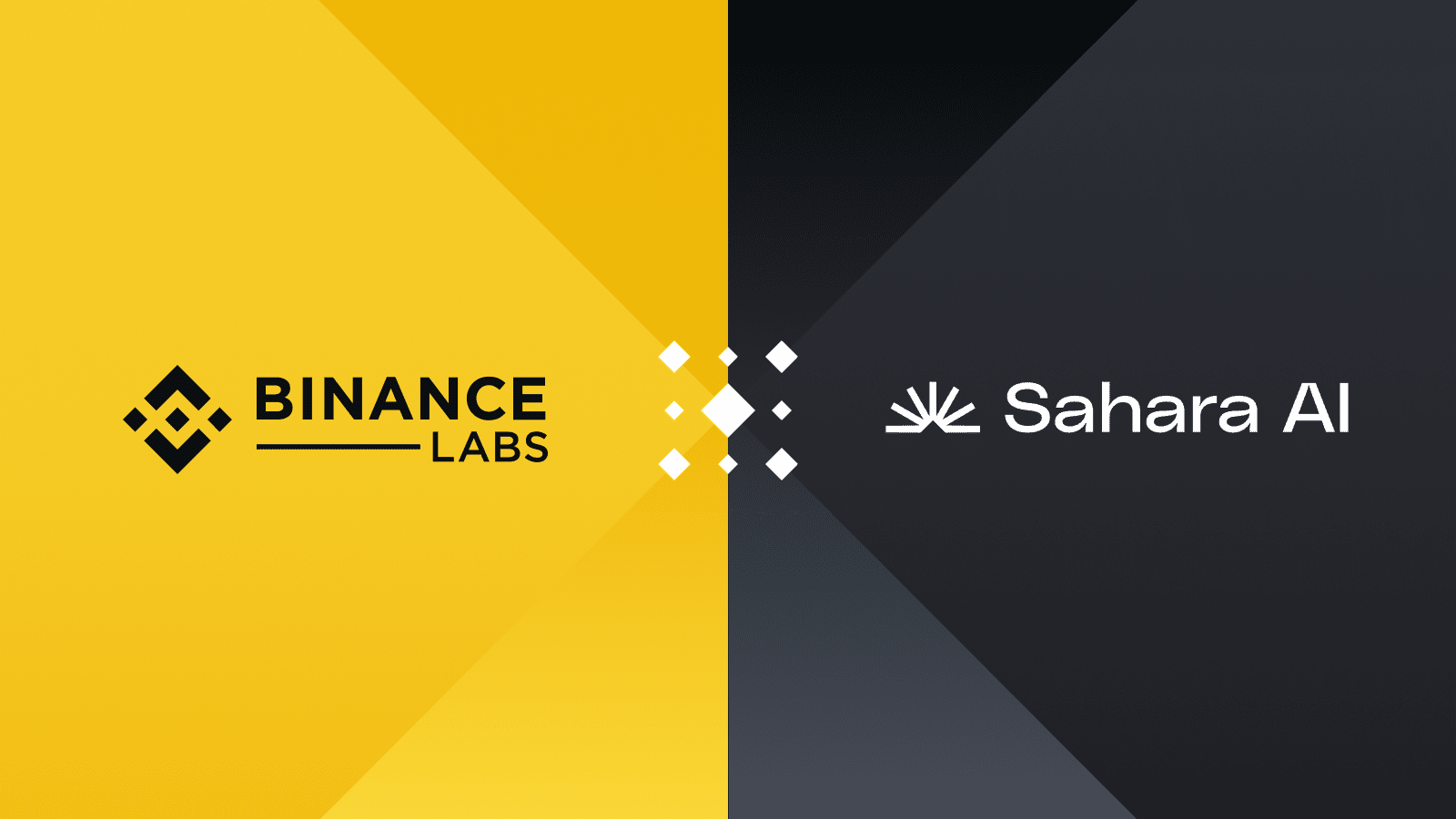
Sahara AI: In August 2024, Sahara AI raised $43 million to build a decentralized blockchain platform that rewards users, data sources, and AI trainers. The project focuses on transparency, copyright, and privacy in AI development, with backing from major investors and collaborations with Microsoft and Amazon.
-

Berkeley Compute: Launched in 2025, Berkeley Compute is a decentralized GPU platform that allows individuals and organizations to monetize their hardware. By tokenizing GPUs and leveraging blockchain for transparent transactions, it provides scalable and cost-effective compute resources for AI developers.
-
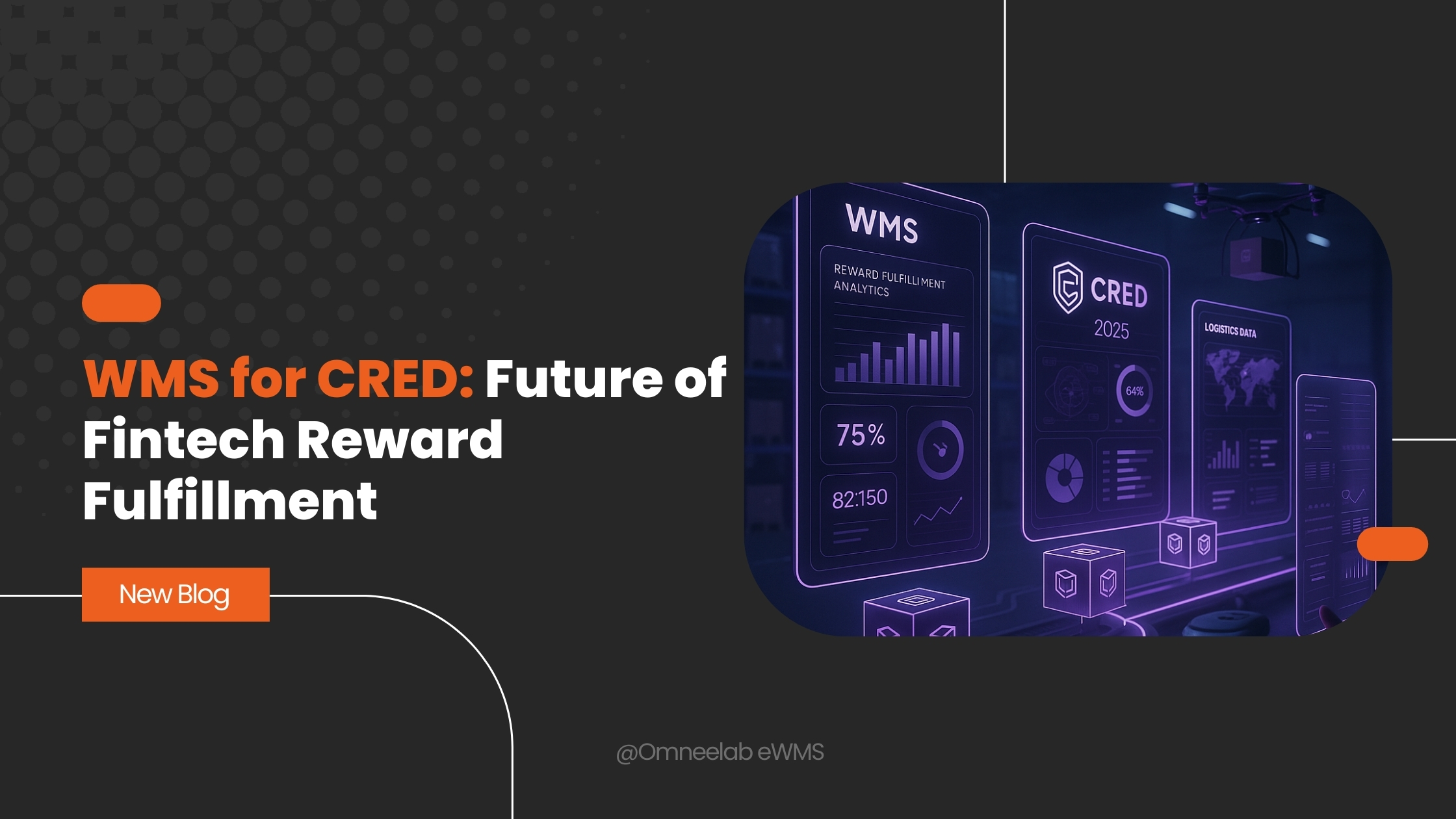
OmniLytics: Proposed in July 2021, OmniLytics is a blockchain-based secure data trading marketplace for machine learning. It enables distributed data owners to contribute private data for collective model training while ensuring data security and fair compensation.
-
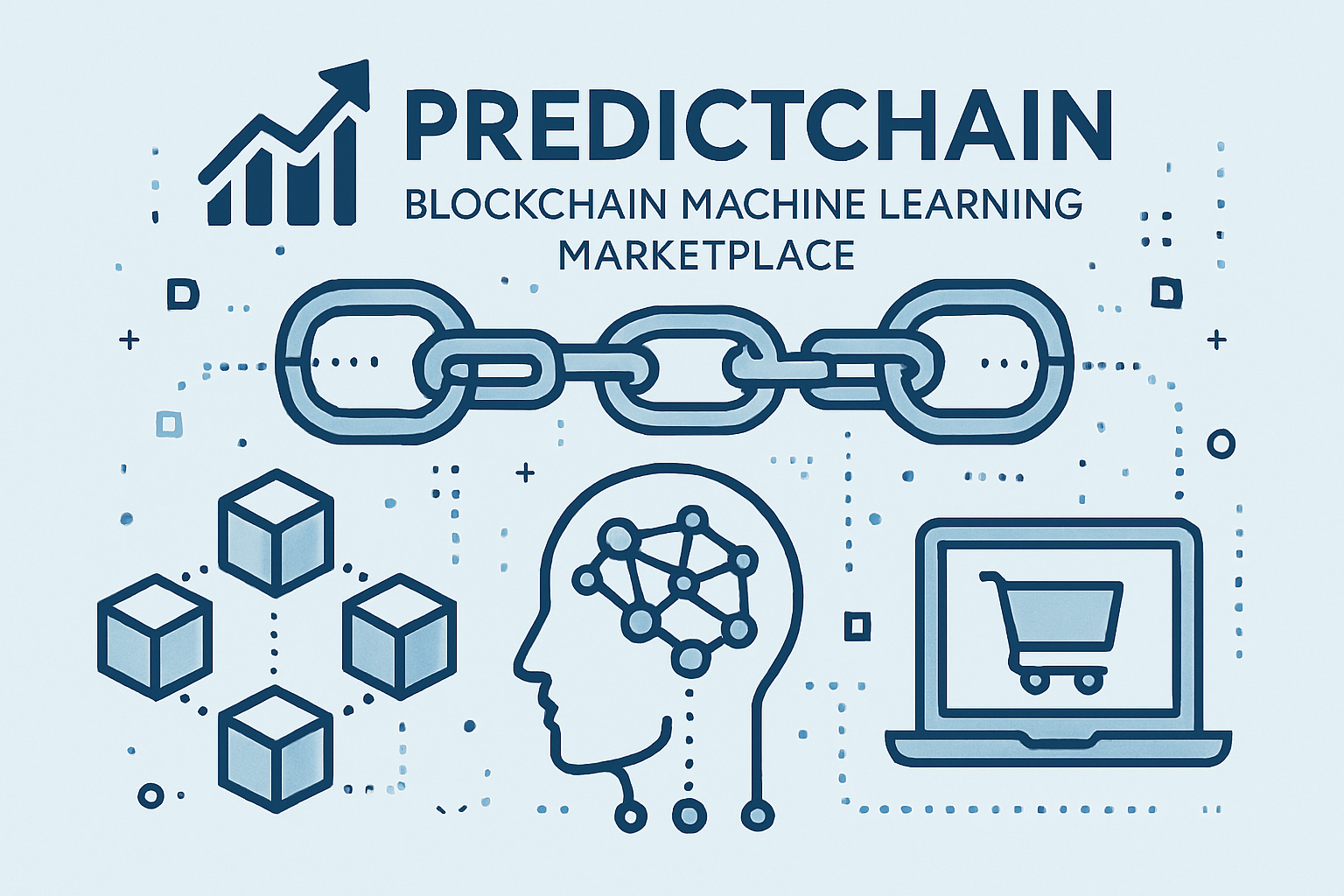
PredictChain: Introduced in July 2023, PredictChain is a blockchain-based marketplace for predictive machine learning models. Users can upload datasets, request model training, or query trained models, fostering collaboration and reducing reliance on centralized providers.
-

Decentralized Intelligence Network (DIN): Proposed in July 2024, DIN is a framework addressing data fragmentation and siloing in AI. It uses personal data stores, scalable federated learning, and a trustless cryptographic rewards mechanism on a public blockchain to ensure data sovereignty and fair distribution of rewards.
Ratio1 AI Meta-Operating System integrates decentralized MLOps, federated learning, and encrypted state management to unify AI development across edge devices, making sophisticated AI accessible and secure. NodeGoAI empowers individuals to monetize unused computing power, creating a peer-to-peer compute marketplace that supports not just AI but a range of high-demand applications like 3D rendering. Sahara AI, backed by major tech investors, is building a decentralized blockchain platform that rewards users, data providers, and trainers, tackling transparency and privacy head-on. These projects are joined by platforms like Berkeley Compute, which tokenizes GPUs for transparent, scalable AI compute, and OmniLytics, which enables secure, compensated data sharing for collaborative machine learning.
Decentralized Compute in Action: Use Cases and Ecosystem Growth
The ecosystem is expanding quickly, with projects like PredictChain enabling users to request model training and submit queries to trained models, all while reducing reliance on centralized cloud providers. The theoretical framework of the Decentralized Intelligence Network (DIN) further illustrates how federated learning and trustless reward mechanisms can overcome data fragmentation and silos, ensuring fair compensation and data sovereignty.
This decentralized approach is already being adopted by enterprises seeking to optimize energy grids (as seen with Fetch. ai), public utility compute marketplaces (Akash Network), and ultra-fast, scalable infrastructure for AI compatibility (Qubic). The result? A more inclusive, transparent, and robust foundation for blockchain-based machine learning, where innovation is no longer gated by access to proprietary infrastructure.
As the sector matures, expect to see further integration between crypto incentives, decentralized compute protocols, and real-world AI applications. The next wave of growth will be driven by projects that can balance scalability, privacy, and economic incentives in a truly decentralized fashion.
Crucially, the maturation of decentralized AI compute networks is not just about technical evolution, it’s about building a new economic and governance layer for machine learning. Projects like Bittensor and Nous are pioneering crypto-powered incentive models that reward contributors for model development, data curation, and compute provisioning. This creates a virtuous cycle: as more participants join, the network’s collective intelligence and compute capacity grow, which in turn attracts even more developers and enterprises seeking cost-effective, censorship-resistant infrastructure.
Industry observers are already noting the ripple effects. The rise of decentralized compute is pressuring traditional cloud providers to rethink pricing and transparency, while also enabling open-source AI communities to flourish without centralized gatekeepers. For developers and enterprises, this means greater leverage, lower costs, and the ability to deploy advanced models without surrendering control over data or intellectual property.
Navigating the Challenges: Security, Interoperability, and Adoption
Of course, the transition to decentralized AI compute is not without hurdles. Security remains paramount: ensuring that distributed nodes cannot tamper with sensitive data or model parameters is essential. Technologies like homomorphic encryption and zero-knowledge proofs are gaining traction, but widespread adoption is still in progress. Interoperability between different DePIN protocols, blockchain layers, and hardware standards is another major challenge. Projects like Ratio1 and DIN are working to standardize APIs and reward mechanisms, but true frictionless composability will require ongoing collaboration across the ecosystem.
User experience also matters. For decentralized AI compute networks to reach mainstream adoption, onboarding must be as seamless as traditional cloud platforms. Projects are investing heavily in developer tooling, intuitive dashboards, and robust documentation to lower the barrier to entry.
Key Challenges for Decentralized AI Compute Networks
-

Security Risks & Data Privacy: Decentralized networks are attractive targets for cyberattacks, and ensuring the confidentiality and integrity of data is complex. Solutions like homomorphic encryption and federated learning (as seen in Ratio1 AI Meta-Operating System) are being explored, but robust, standardized security protocols remain a work in progress.
-
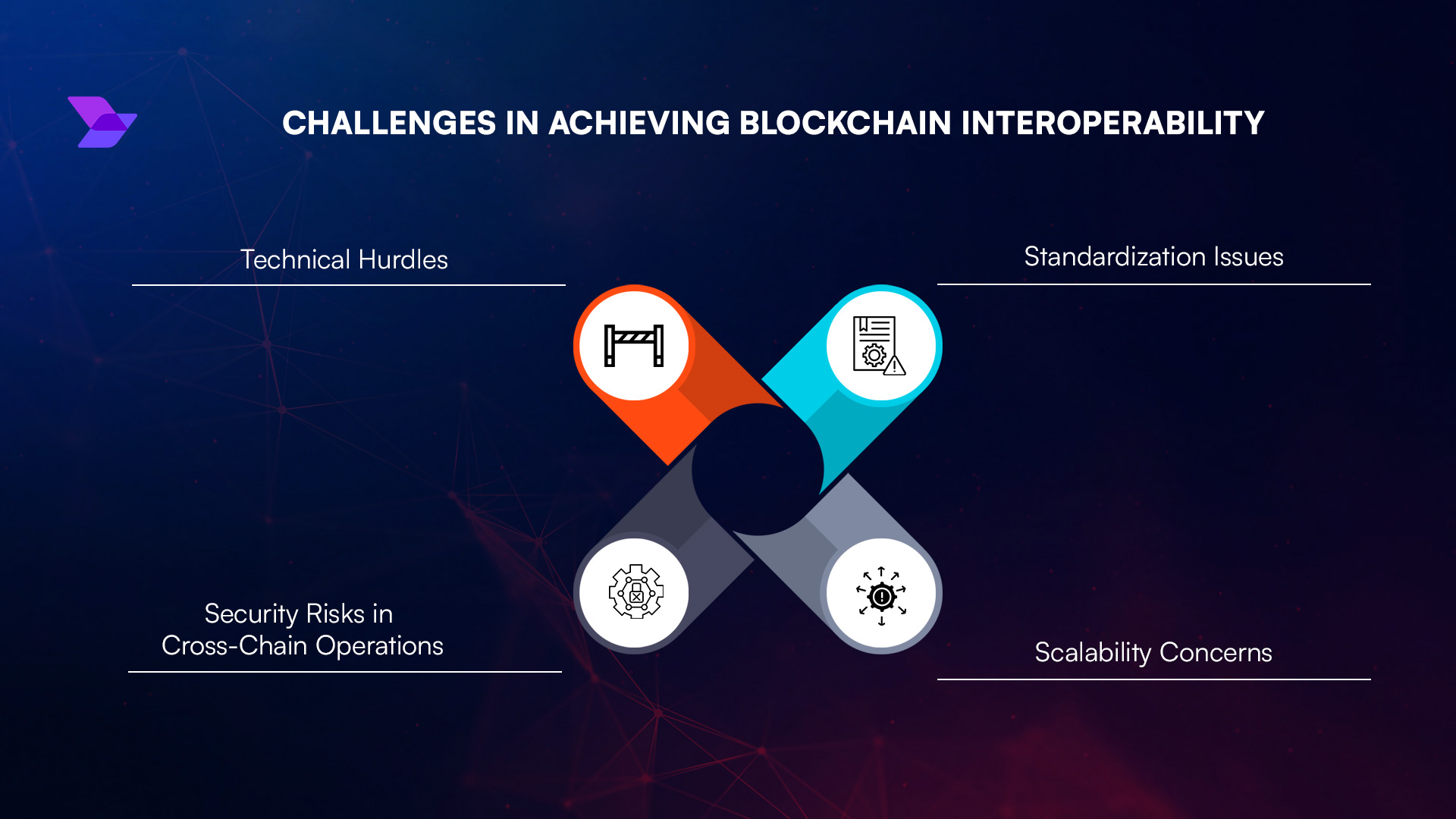
Interoperability Across Platforms: With a growing number of decentralized compute networks (e.g., Akash Network, NodeGoAI, Berkeley Compute), seamless integration and data exchange between different protocols and blockchains is a significant hurdle. Lack of standardized APIs and cross-chain solutions can limit network effects and slow adoption.
-

User Experience & Accessibility: Many decentralized AI platforms require technical expertise to participate, from setting up nodes to managing wallets and tokens. This complexity can deter mainstream adoption, highlighting the need for more intuitive interfaces and onboarding processes.
-

Regulatory Clarity & Compliance: The evolving legal landscape around blockchain, data privacy, and AI (especially regarding GDPR and copyright) creates uncertainty for projects like Sahara AI and OmniLytics. Clear guidelines are needed to ensure compliance and foster innovation without risking legal repercussions.
Regulatory clarity is an emerging concern as well. With jurisdictions evaluating how to treat tokenized resources and data sovereignty issues under existing frameworks, projects must navigate a complex legal landscape while maintaining their core principles of openness and decentralization.
The Road Ahead: What’s Next for Decentralized Compute in Blockchain Machine Learning?
The next phase will likely see even tighter integration between decentralized compute protocols and on-chain machine learning applications. Expect more granular marketplaces for specialized compute (e. g. , GPU vs CPU), cross-chain reward systems, and privacy-preserving federated learning at scale. As these networks prove their reliability and cost advantage in production environments, from energy optimization to financial modeling, institutional adoption will accelerate.
For those building or investing in this space, now is the time to engage with leading protocols and contribute to open-source initiatives. The competitive edge will go to those who can navigate both the technical complexities and the evolving economic incentives at the heart of crypto AI infrastructure.
Decentralized AI compute networks are not just powering blockchain-based machine learning, they’re redefining how intelligence is built, shared, and rewarded on a global scale. To learn more about the evolving landscape of DePIN protocols and their impact on scalable model training, explore our deep dive at this resource.


